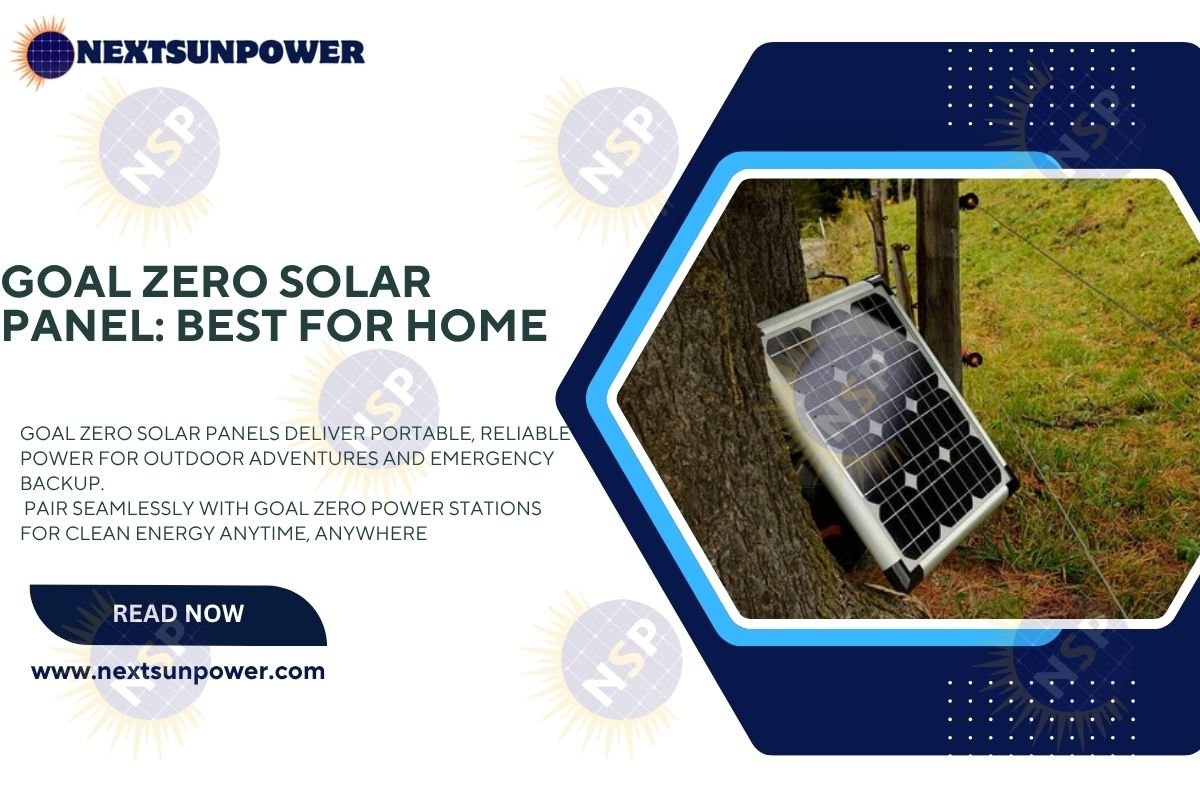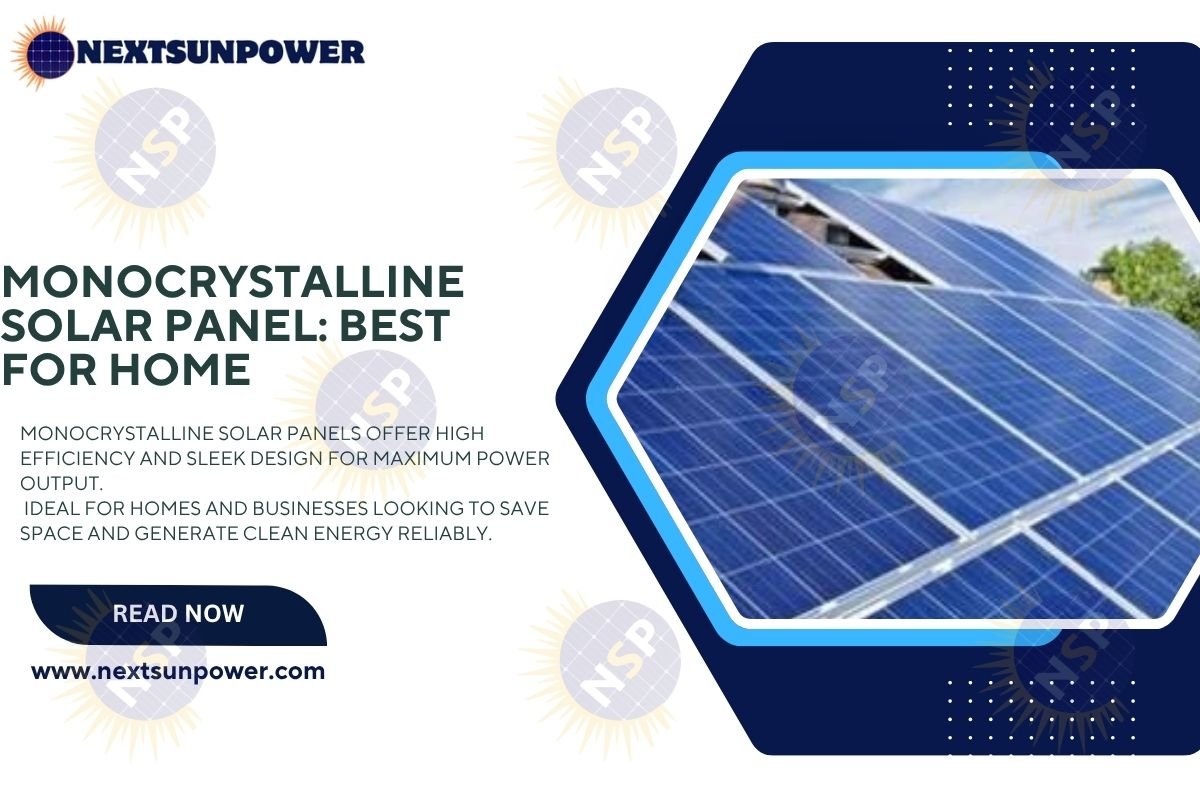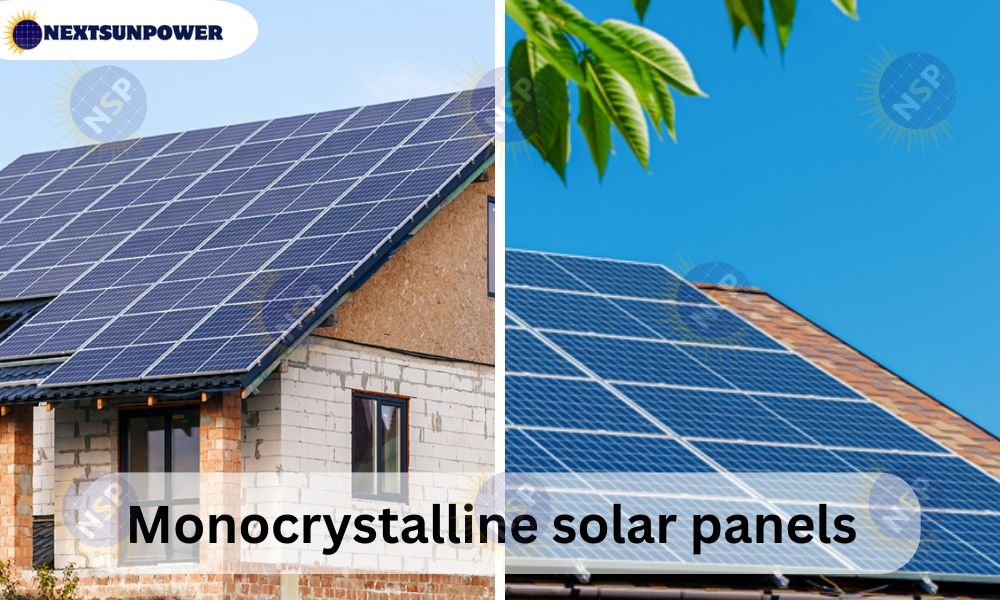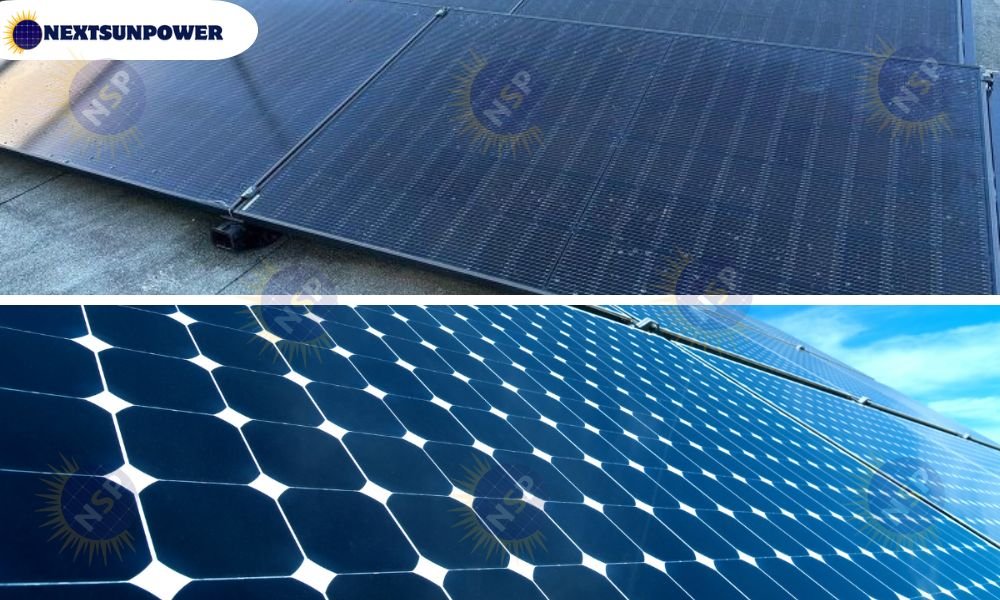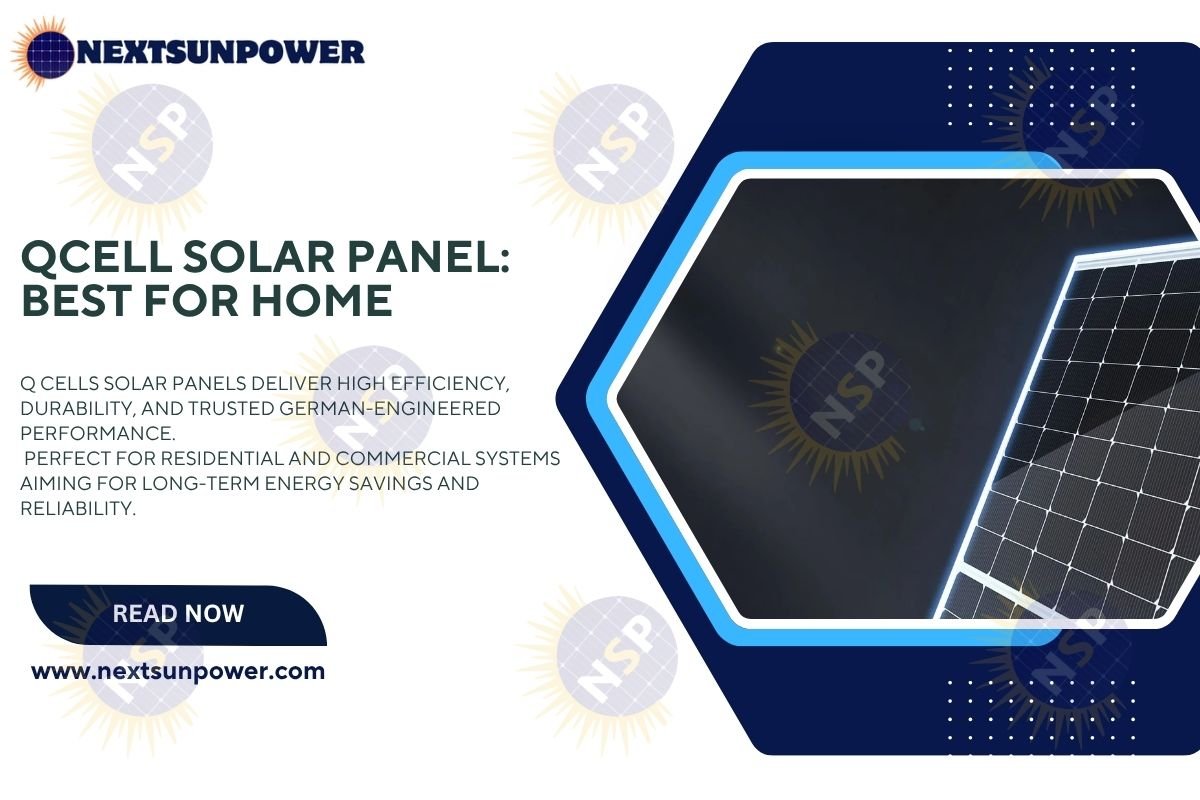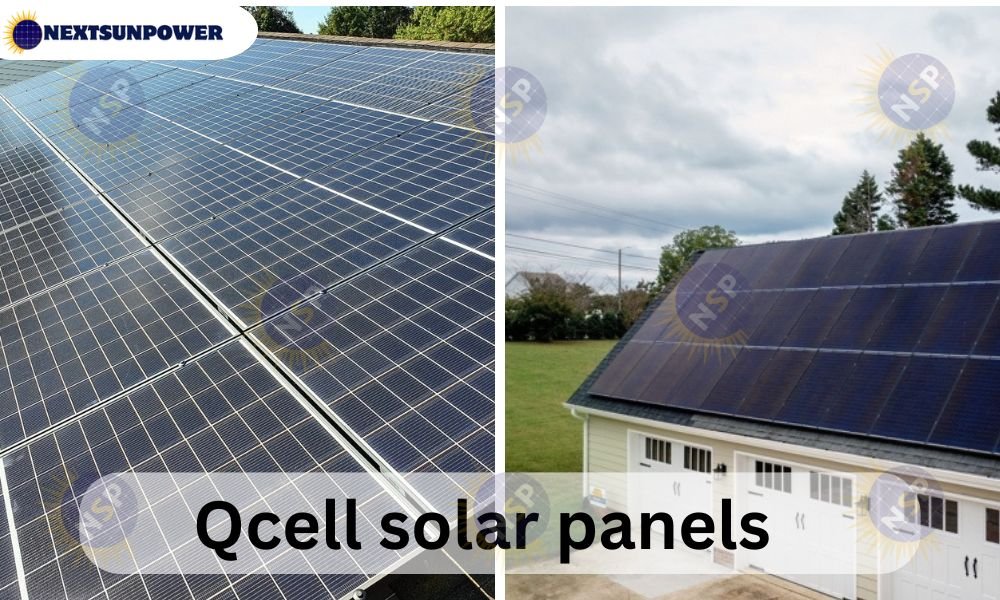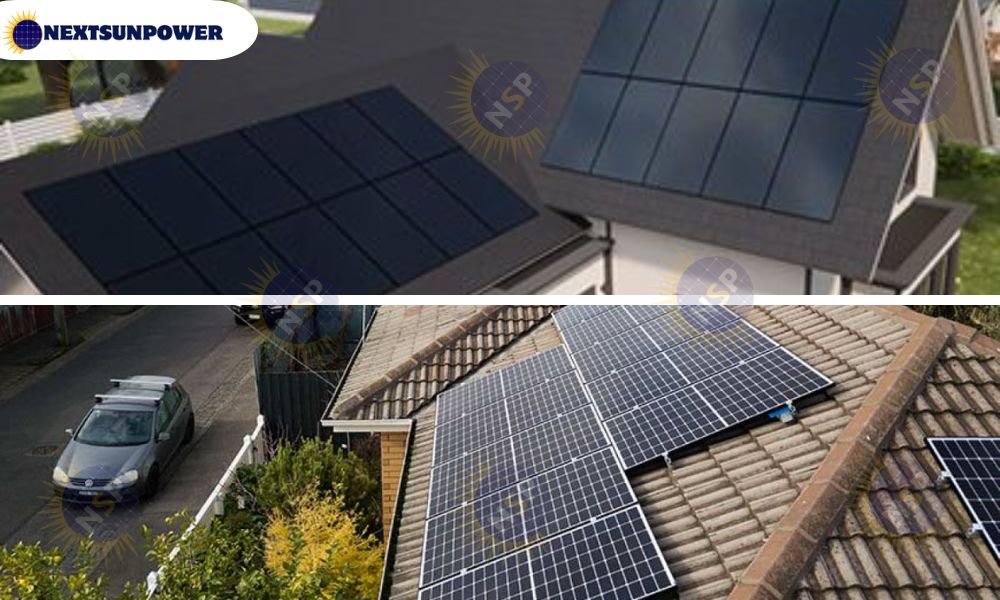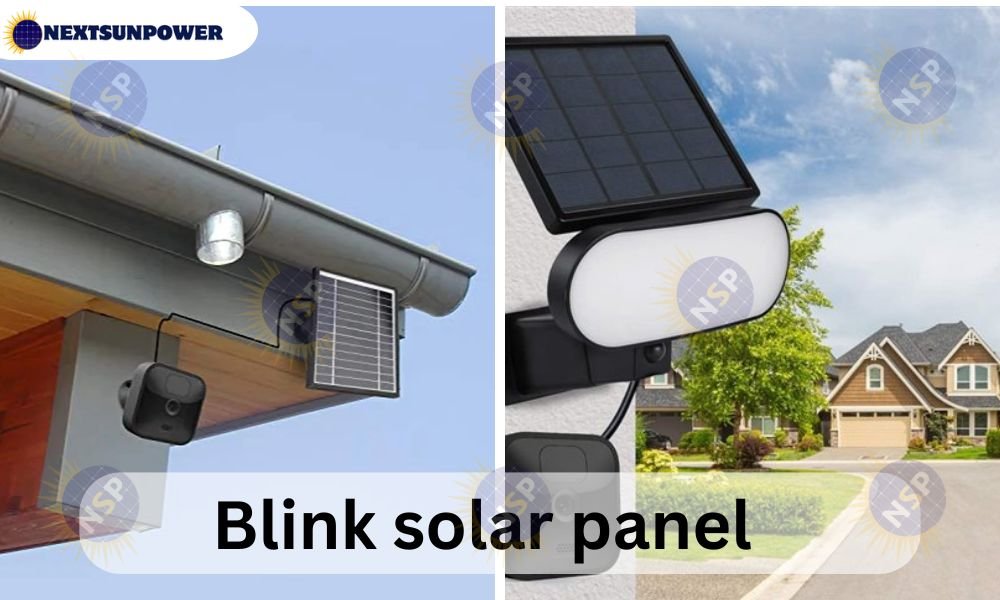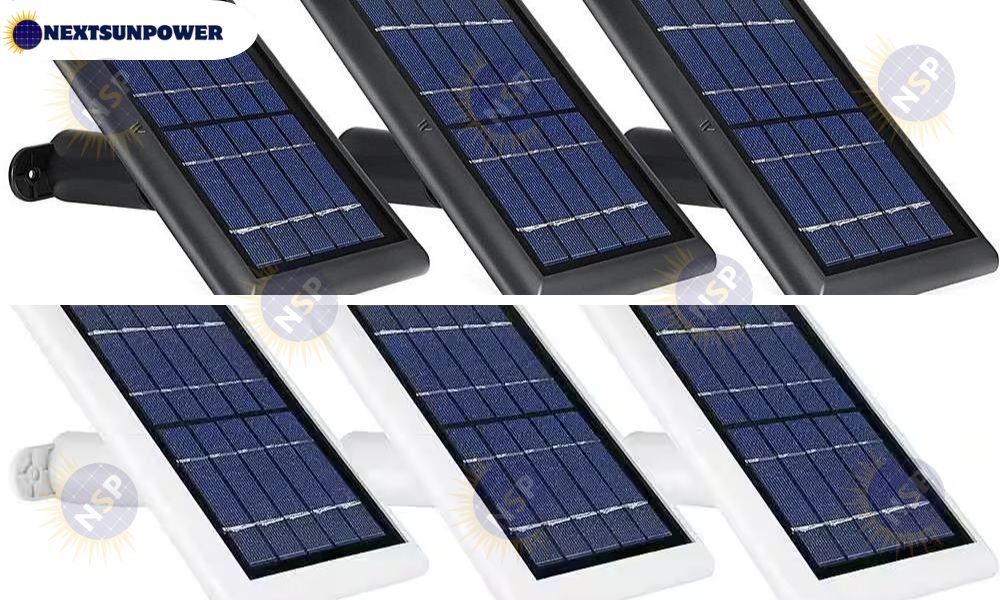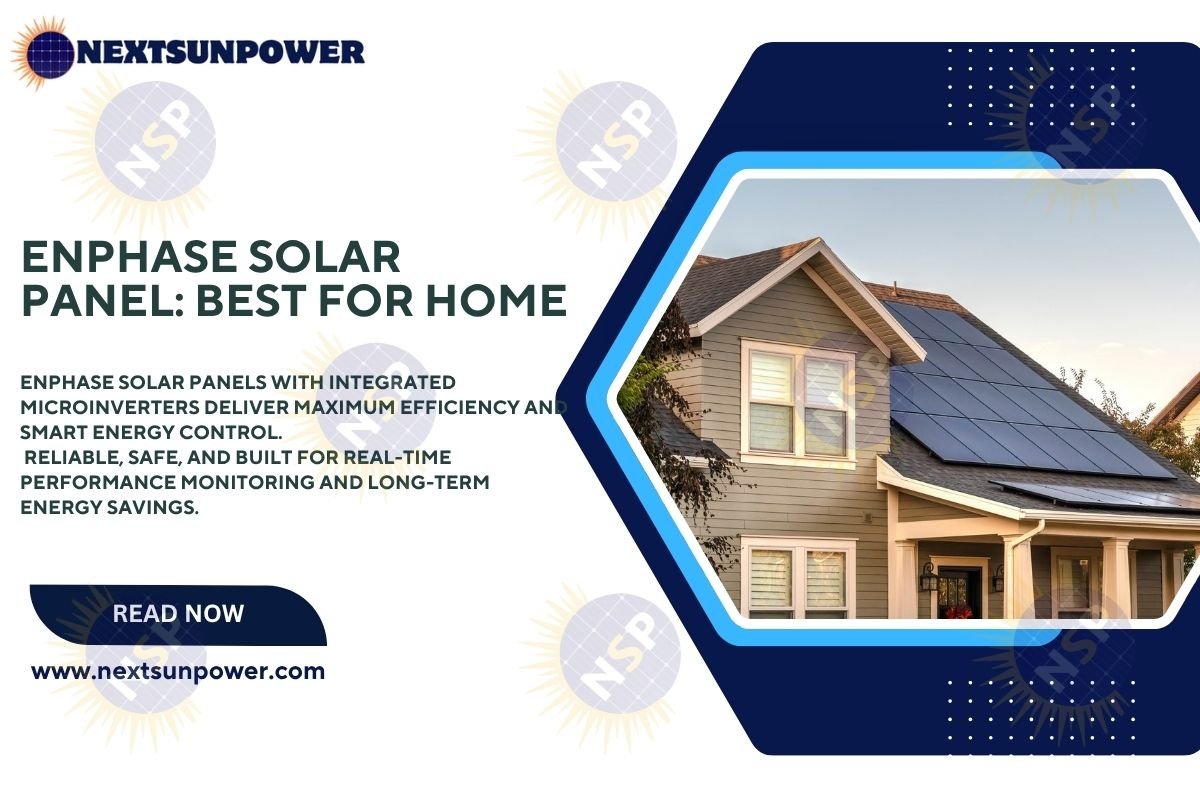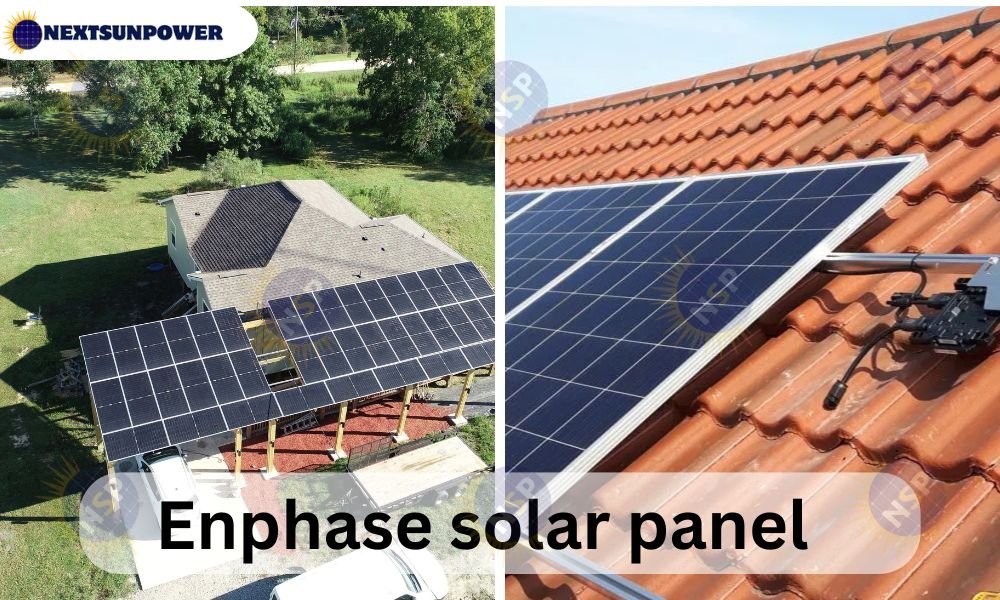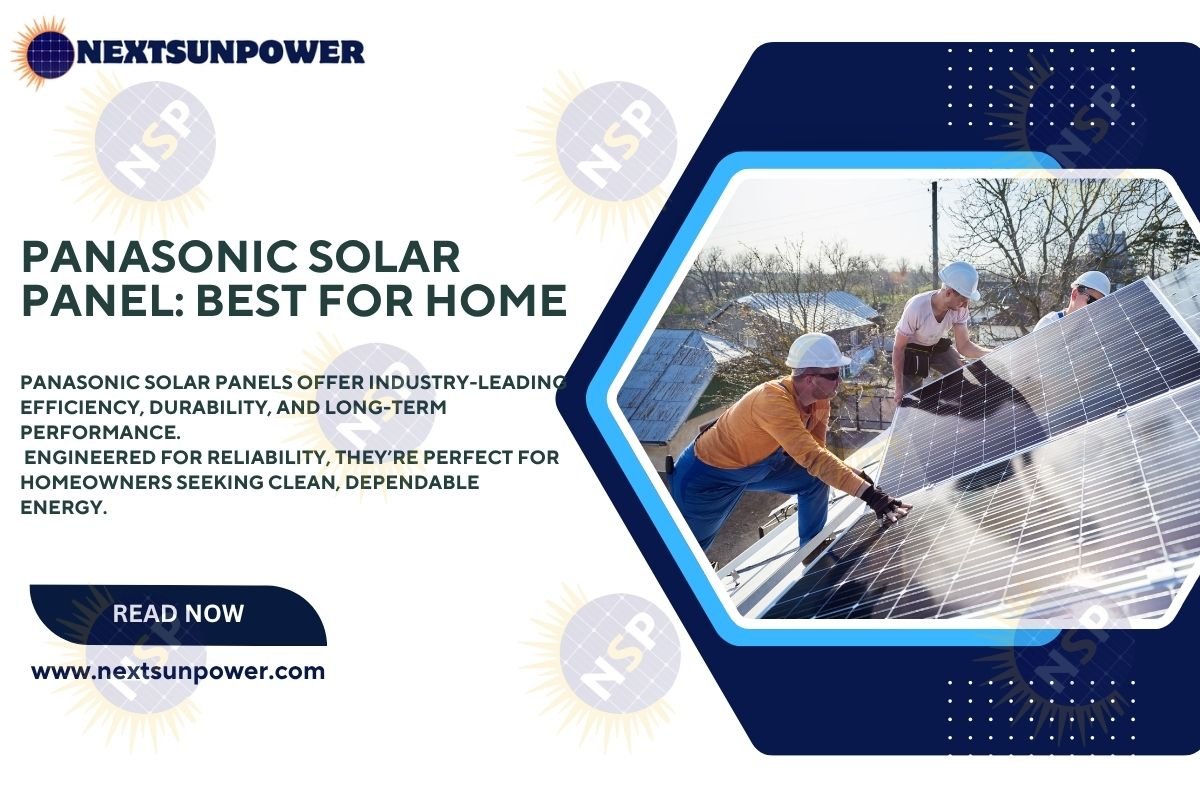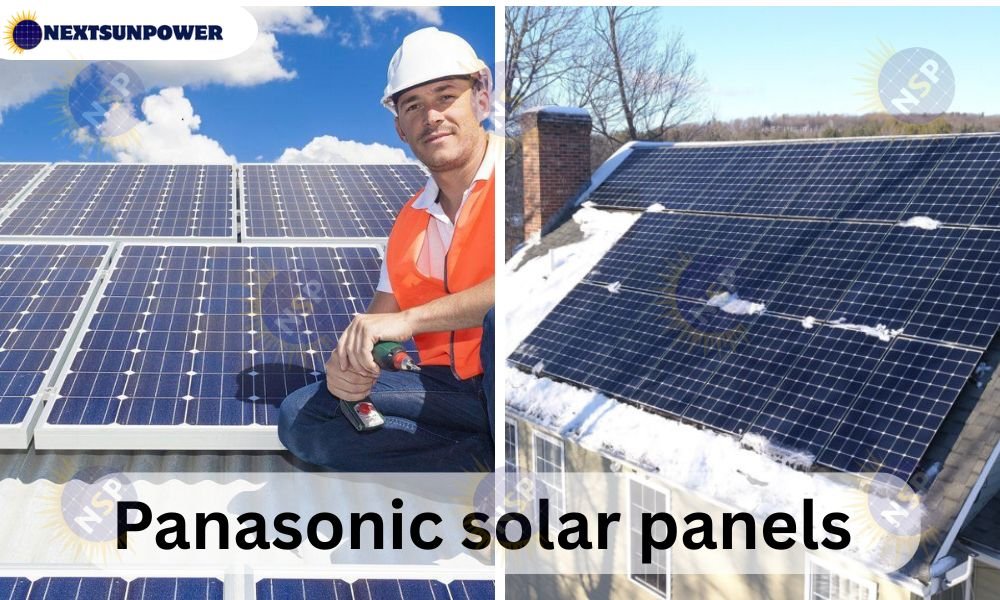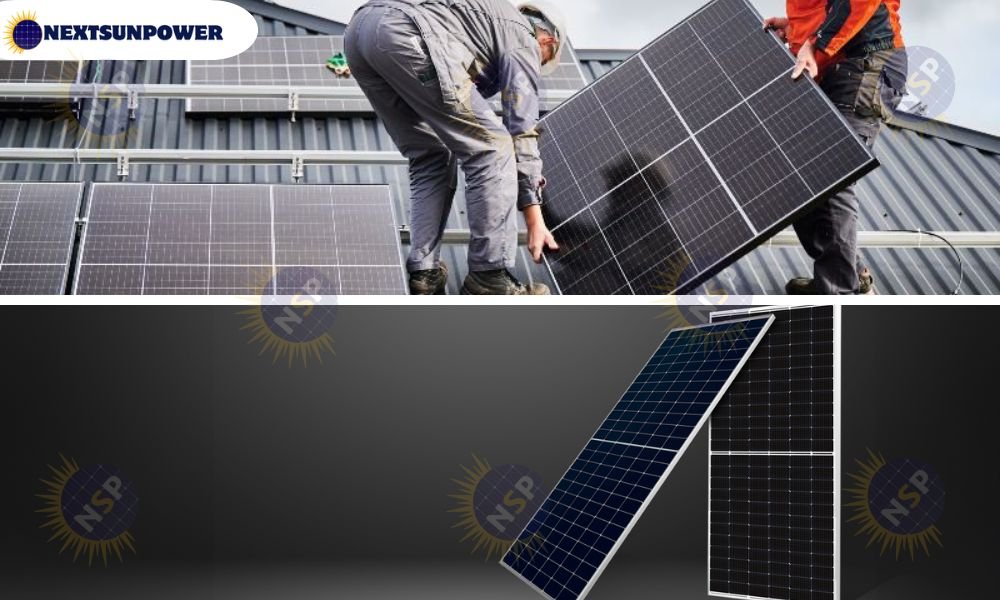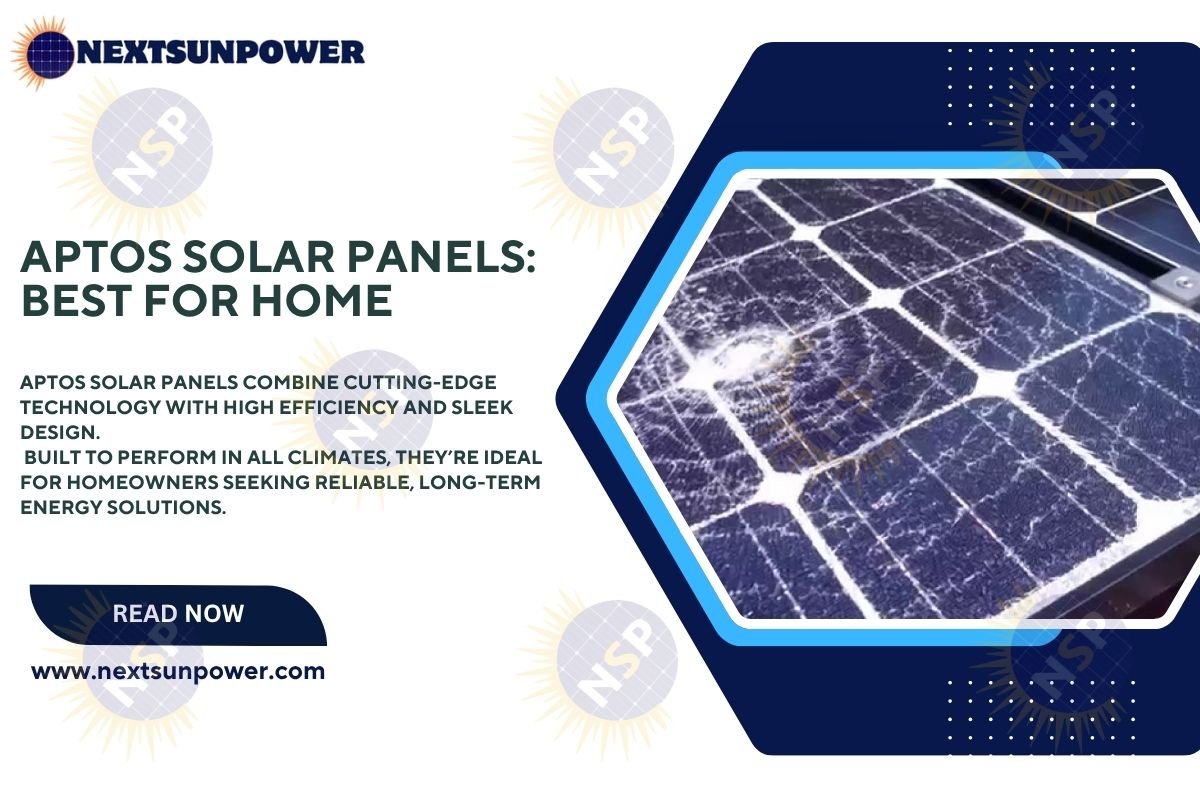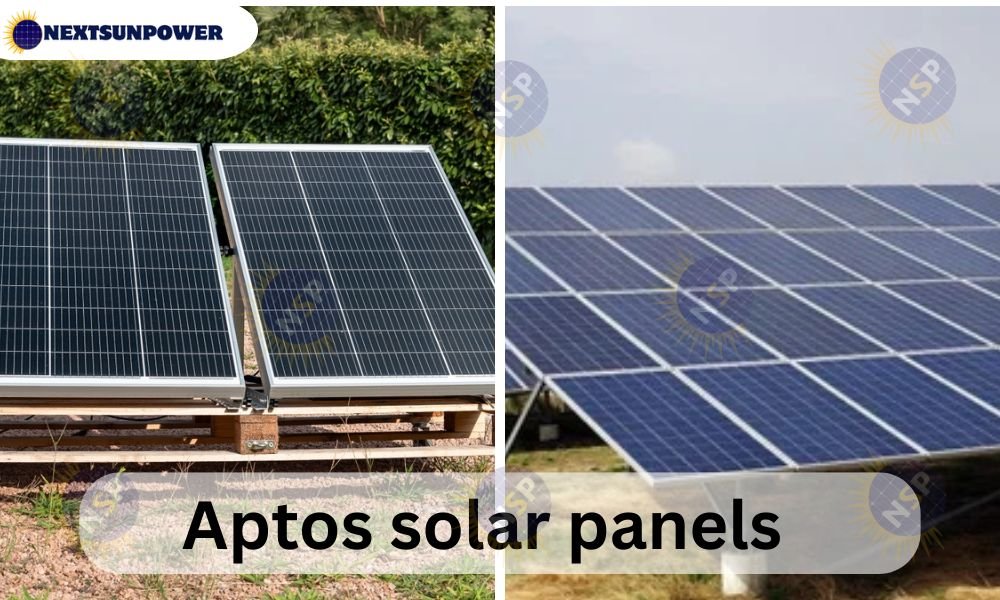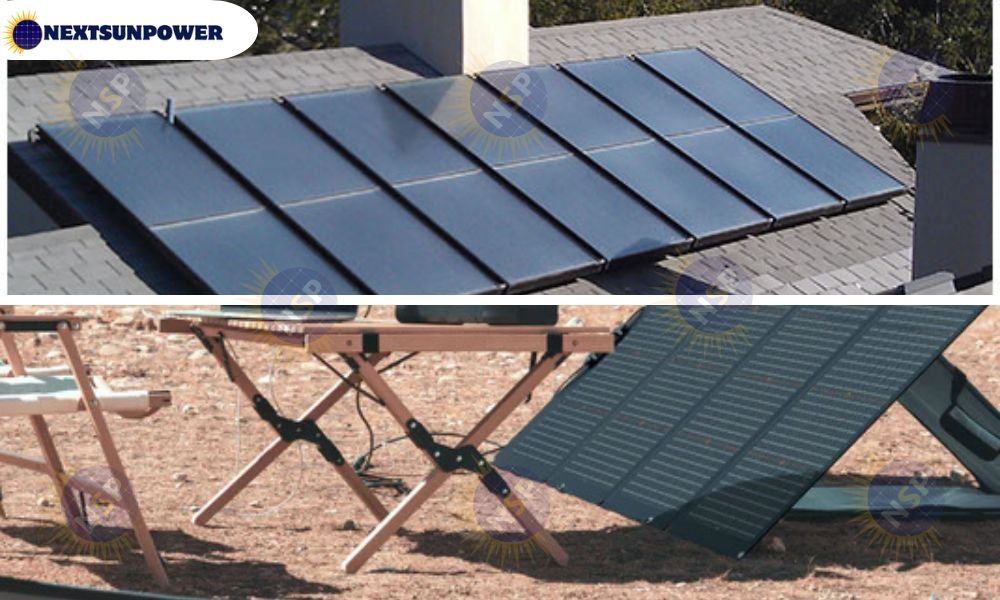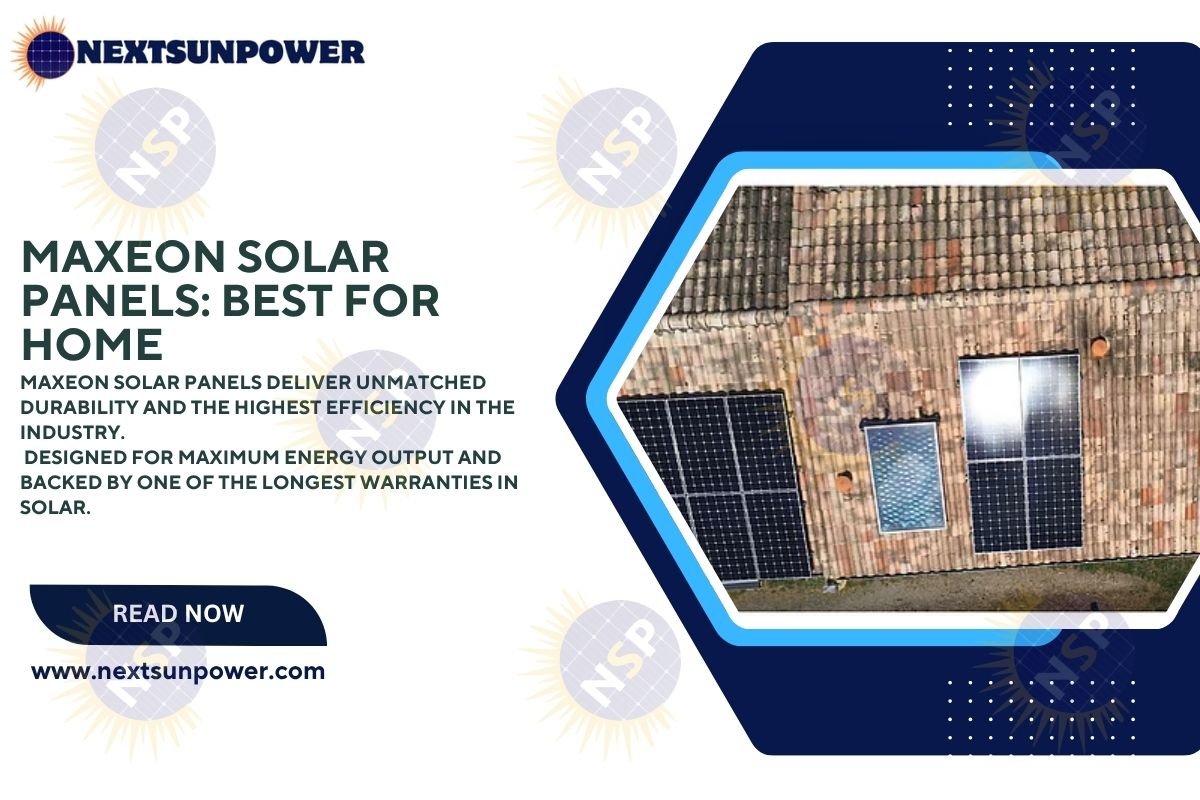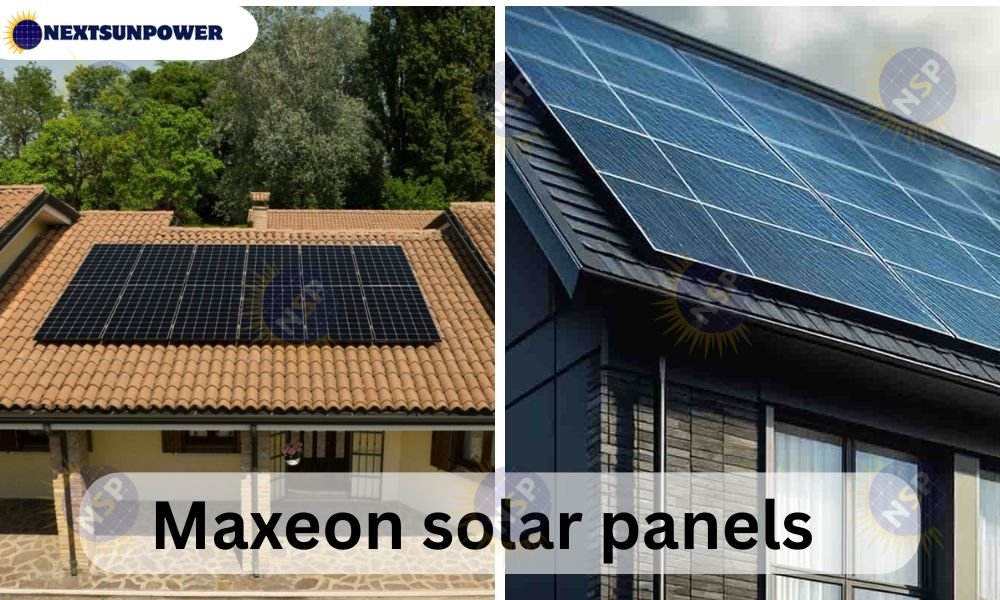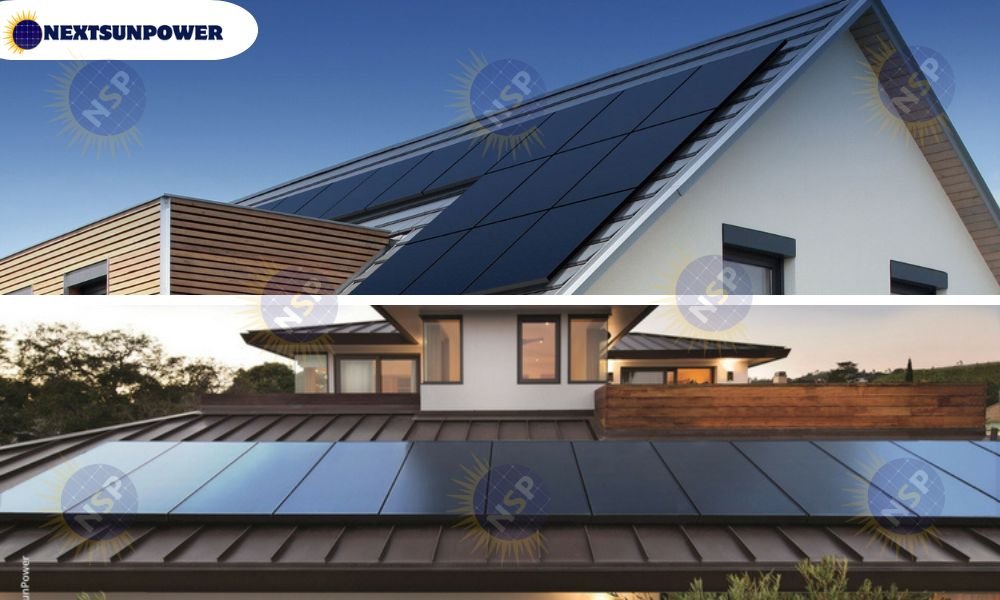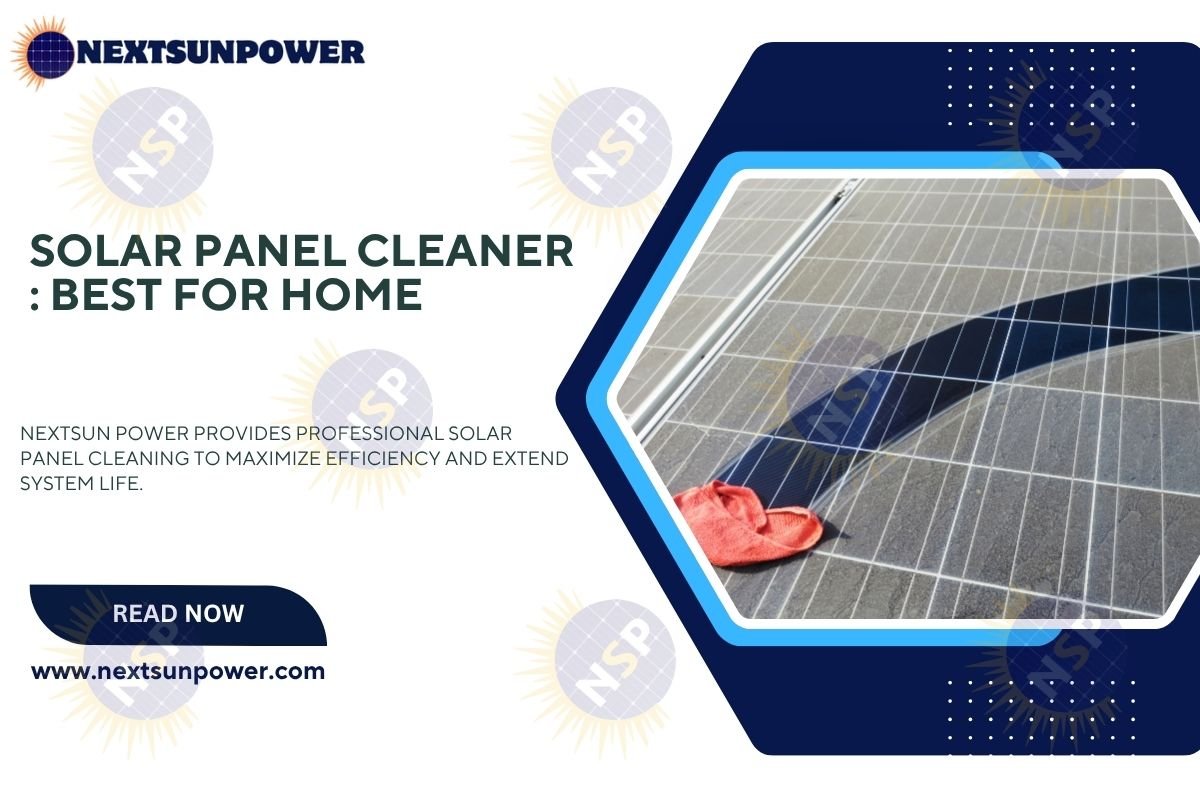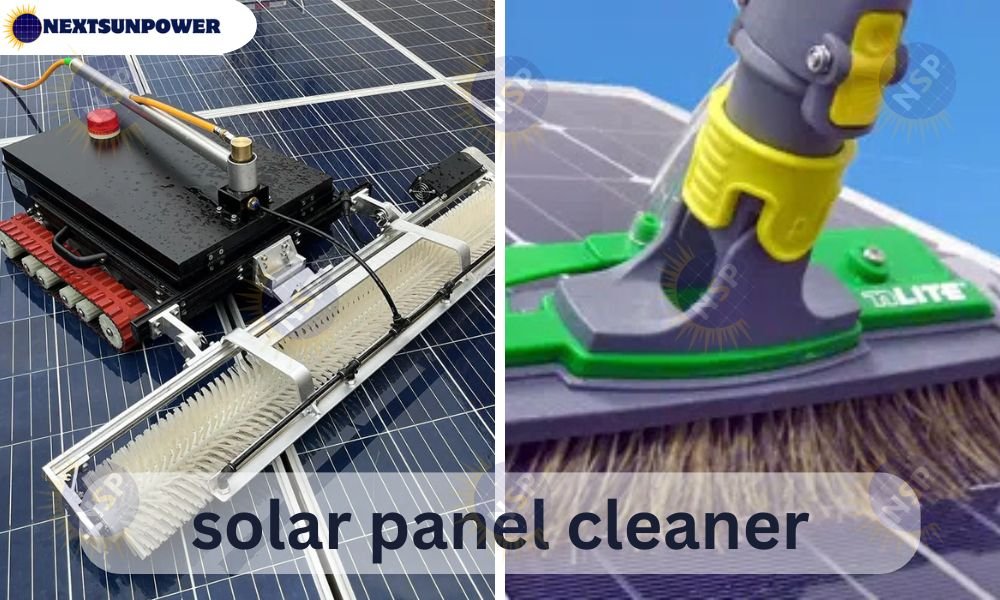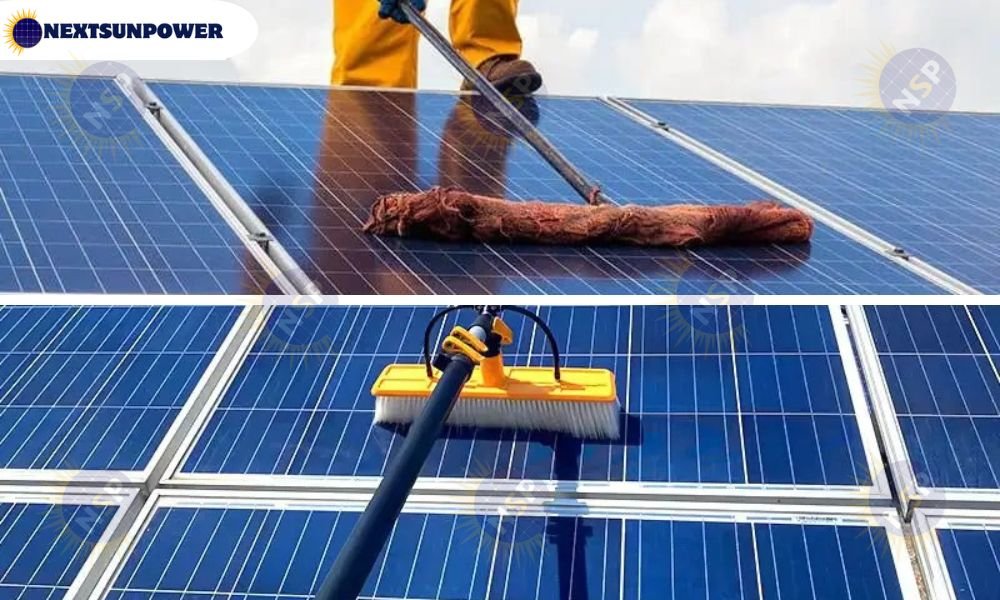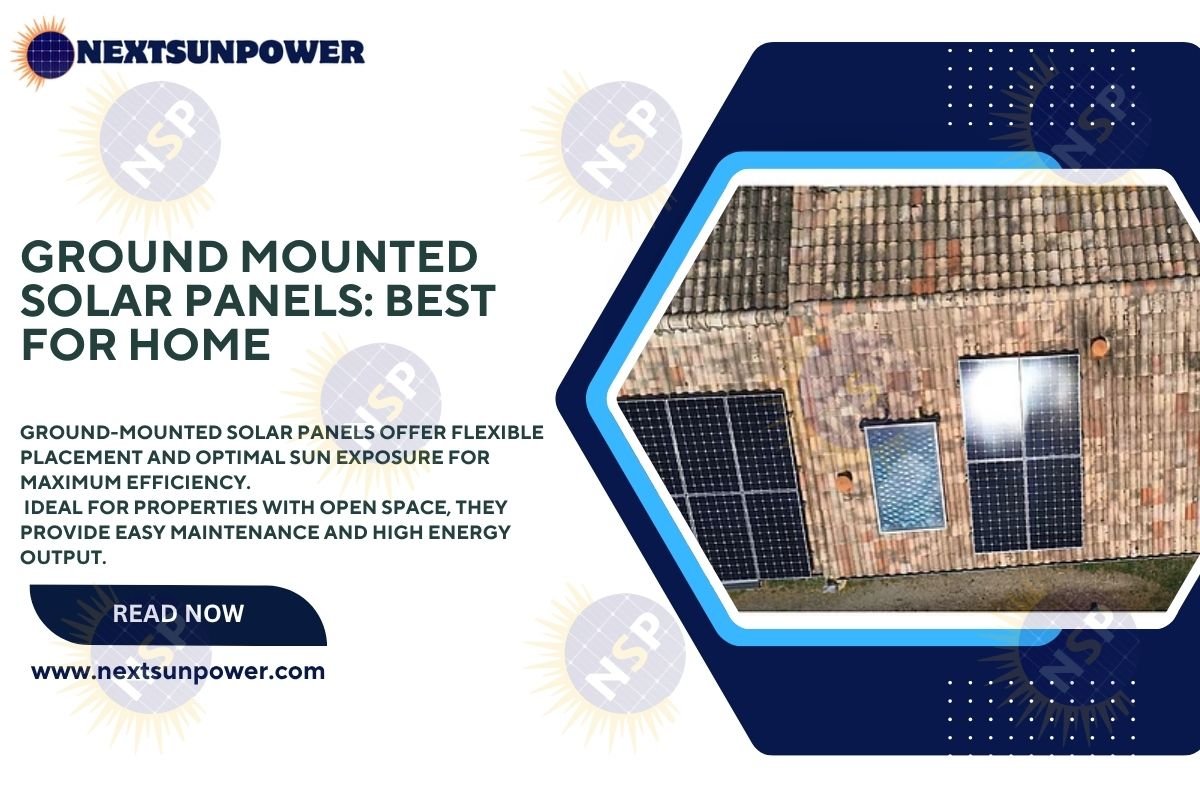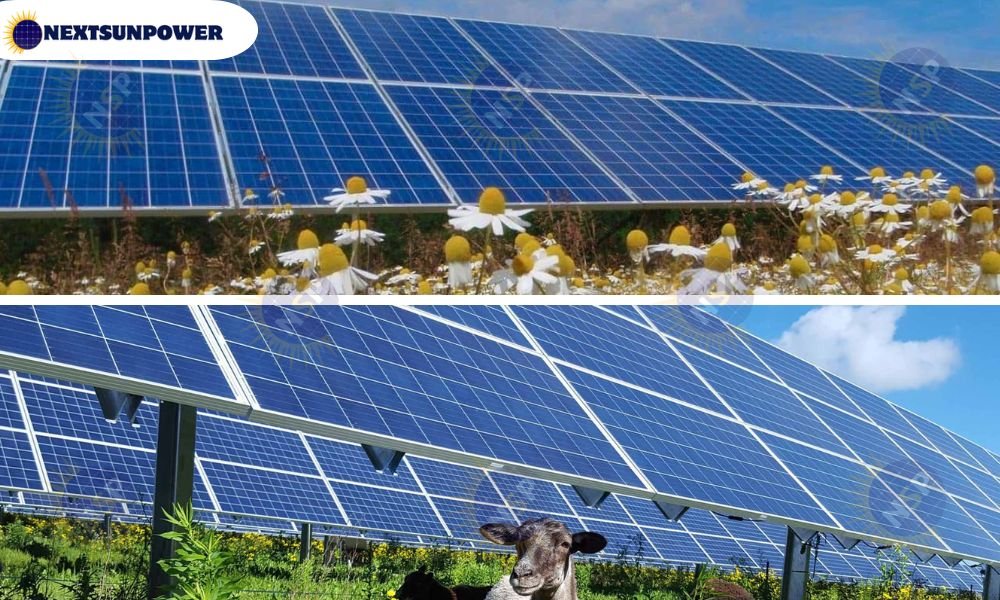What is a Goal Zero Solar Panel?
A goal zero solar panel is a solar option for the adventure enthusiast or emergency back-up power user. If you backpack in the forest or are preparing for power outage, this gear enables you to charge equipment with the sun.
Goal Zero is the company that sells these products, and they are extremely well known for offering green and long-lasting energy options. They sell green energy in a highly friendly way, ranging from small chargers to full solar kits.
It was totally life-altering—I could charge my phone, camera, and even power bank while sitting under the stars. This experience made me realize how handy these devices can be.
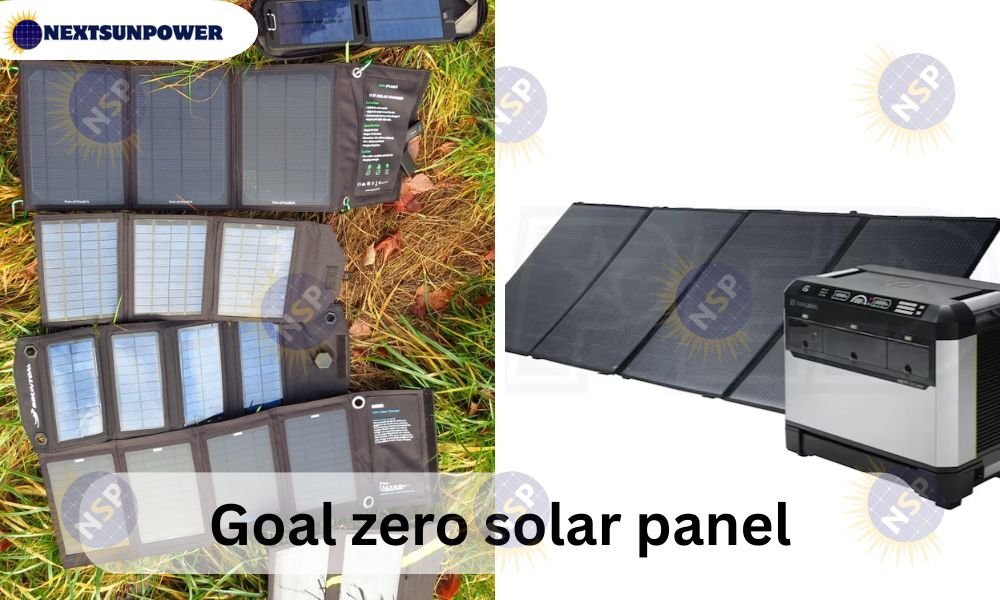
Why Use a Goal Zero Solar Panel?
Let me put it simply. These solar panels are:
- Easy to use: Just unfold and place under the sun
- Durable: Built with heavy-duty materials that will withstand the elements
- Lightweight: Collapsible and light enough to bring anywhere
- Green: Exploit the power of the brand from the sun instead of gas or electricity
How Do Goal Zero Solar Panels Work?
A goal zero solar panel can produce electricity from the sun using photovoltaic cells. Here’s how the process looks:
- Sunlight hits the solar panel
- The cells inside convert light into energy
- The energy is stored in a battery (like the Yeti power station) or used to charge your gadgets
- The best part? No noise, no smog, clean energy.
Different Types of Goal Zero Solar Panels
Goal Zero also exists in lots of different panels based on your power needs. Here are a few of the most commonly used models of goal zero series:
- Nomad Series
- Light, foldable, and perfect for charging phones, tablets, and small gadgets. Perfect for travelers and backpackers.
- Boulder Series
- Heavy duty and tough, these are perfect for extended trips or base camps. Perfect to use with a Yeti Goal Zero solar panel configuration.
- Ranger Series
- Easy to carry and light in weight, the Ranger series is made for smooth charging with convenient portability. Many users choose it for living in vans and RVs.
- Each unit can be used to be compatible with a goal zero solar panel adapter, so it becomes convenient to connect it with power stations or devices.
Goal Zero Solar Panel Review: What People Are Saying
A goal zero solar panel review can prove really helpful when you’re deciding on what to buy. Below are some comments from reliable sources and real users:
TechCrunch lauded the construction quality and added battery life support
Outdoor Gear Lab reviewed Nomad 20 with top scores for its lightweight nature
A reviewer at REI.com commented, “I used this on a week-long backpacking trip, and it kept my GPS charged the entire time.”
Based on my own research and experience, the vast majority of reviewers enjoy the performance, construction, and simplicity of these panels.
Using a Goal Zero Solar Panel Adapter
A goal zero solar panel adapter is a simple-to-use device that connects your panel to a Goal Zero Yeti power station or other device. Here is a quick how-to:
- Identify the type of connector (usually 8mm or Anderson)
- Plug the adapter into solar panel
- Connect it into the Yeti or similar unit
That’s all—you can charge now. Adapters also allow you to connect a string of panels together to charge you faster.
Benefits of Having Yeti Goal Zero Solar Panel Combo
Having your solar panel linked to a Yeti power station is having your own mini power plant in your pocket. Some of the benefits are described below:
- Energy reserved for long time span
- Can charge big appliances
- Extremely convenient for power outages or off-grid escapades
I myself paired a Boulder 100 with a Yeti 500X, and it powered my mini fridge, fan, and lights through a 2-day power outage. That feeling of security? Worth every dollar.
Maintenance Instructions for Goal Zero Solar Panels
Want your panel to live long and function correctly? Simply follow these simple steps:
- Clean it: Dust with a soft cloth
- Store safely: Avoid water and sharp turns while storing
- Check connections: Hold plugs and adapters in place
By doing this, you can save up your money.
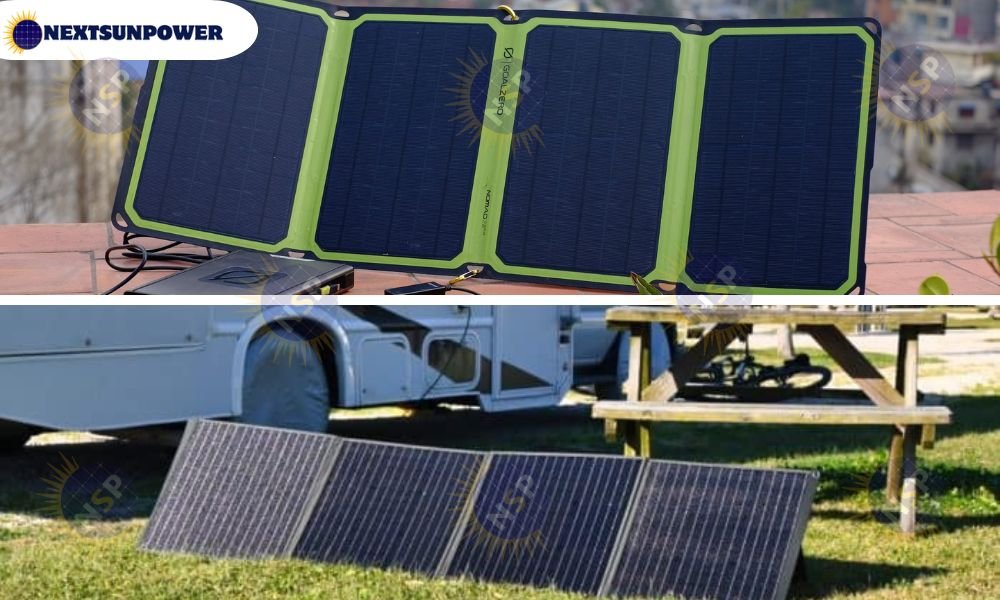
Best Uses for a Goal Zero Solar Panel
Wondering when you’ll be taking one of these out? Here are common uses:
- Camping and backpacking
- RV and van life
- Home emergency backup power
- Off-site workspaces
- Tailgating and outdoor events
In all honesty, after you get one, you’ll find yourself using them for more things than you can imagine.
Buying Tips: What to Look For
The following is what you should look for when purchasing a goal zero solar panel:
- Power output: Match with your device requirements
- Weight and size: Choose based on portability
- Panel type: Use rigid (Boulder) or flexible (Nomad/Ranger) based on your application
- Compatibility: Ensure it’s compatible with battery or station
Where to Buy Goal Zero Solar Panels
You can buy these panels online or in retail. Some of the sources are:
- GoalZero.com
- Amazon
- REI
Best buy
Always check for deals and bundles. Occasionally, you can acquire a panel and a power station for very little money.
Environmental Impact of Utilization of Solar Panels
Cleaning up the world is the best that you can do for the planet. The solar panels reduce carbon footprints, lower fuel usage, and enable us to tap into renewable energy.
A Goal Zero solar panel is your own way of contributing towards making the world a brighter planet, one sun-kissed day at a time.
FAQs
- Is the Goal Zero solar panel waterproof?
A:They are weather-proof, but partially waterproof. You can use them outdoors, but don’t Take them in the water.
- Can a laptop be charged by a Goal Zero solar panel?
A:Yes, but you’ll have to have the right power station or battery in the middle. Direct charging isn’t always an option.
- How many hours would it take to charge a Yeti with a Goal Zero panel?
A:Varies with panel wattage. A Boulder 100 can power a Yeti 500X in 6-12 hours, depending on sunlight.
- Will I need a Goal Zero solar panel adapter?
A:Yes, if your devices don’t have ports built in. Adapters keep everything safely connected.
- How long does a Goal Zero solar panel last?
A: In Favourable conditions, these panels will continue to work for 10-15 years, as long as they are maintained properly.
Conclusion
Whether you are about to head out into the wild, a goal zero solar panel is a smart decision. It is easy to set up, reliable, and makes you powered everywhere and anytime.
From a goal zero solar panel review to choosing the best goal zero solar panel adapter, each step is simplicity itself. Pair it with a Yeti Goal Zero solar panel system, and you’re set to face anything life has to offer you—sunny days or rainy weather.
